Wildflowers that bloom in June
Early summer is a great time of year for wildflower spotters. Here’s our guide to some of the wildflowers that bloom in June
These are a few of the wildflower species I spotted during my dog walk this morning. Flowers like these were the inspiration for Meadowmat wildflower matting. It’s just wonderful to see them in their natural environment being visited by all sorts of insects. I love that Meadowmat has enabled me to recreate a little piece of the countryside in my own garden. It also inspired me to keep bees – but that’s a whole other story!
Vipers Bugloss
These bright blue spikes can be seen from a long way away. Bees absolutely adore them and I rarely pass a plant that hasn’t got a bumblebee bottom sticking out from at least one of the flowers.
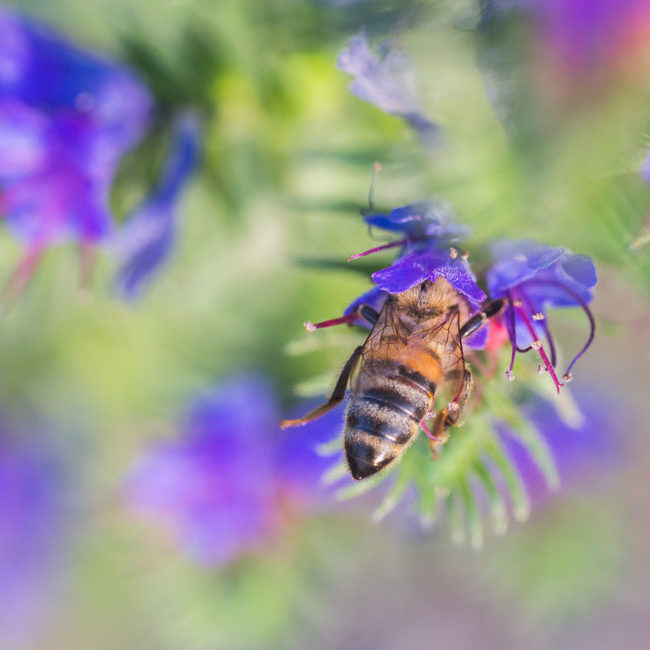
This is a biannual plant – depending on what time of year you lay your Meadowmat you may or may not see it in the first summer.
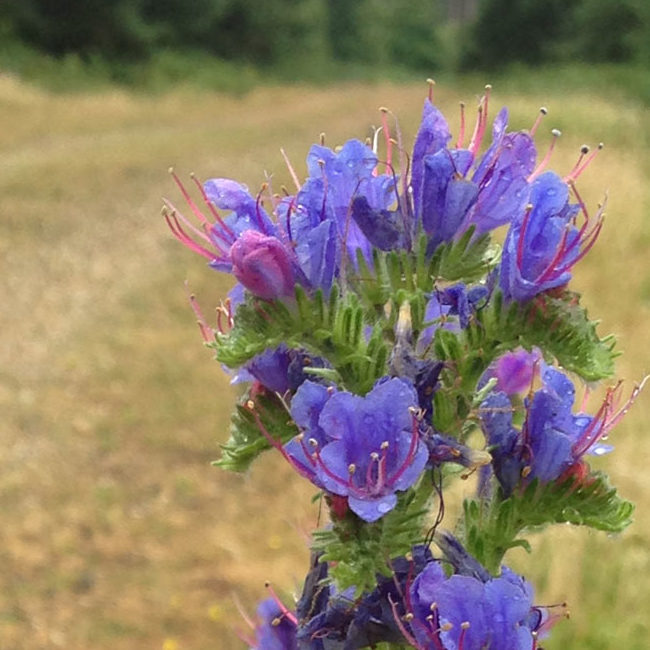
Birdsfoot Trefoil
A very common wildflower in the countryside near me (Norfolk) but an essential one too. So named because the seed pods look very much like a bird’s foot; this flower has really protein rich pollen. Bee larvae are fed with pollen and as with any creature, the better nourished the young ones are, the stronger the adults they will become.
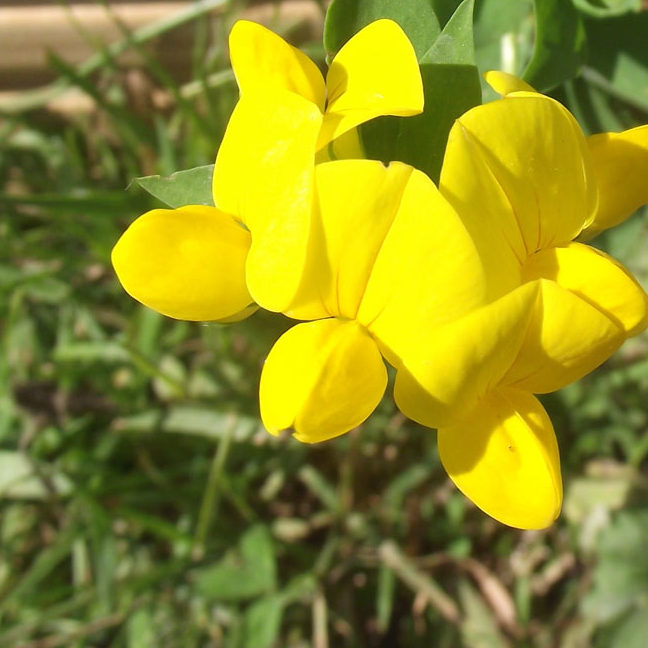
Oxeye Daisy
This is one of my happy plants. It seems to me as if they are smiling. Oxeye daisies are really easy to grow in the garden and unlike some wildflowers, they’re not too fussy about soil type. Be wary though, if these are planted into nutrient rich soil they will bully other plants out of the way.
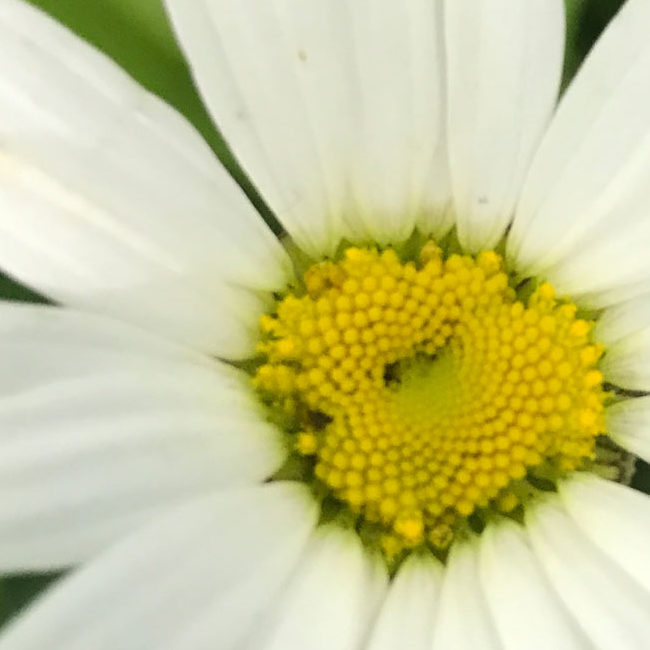
Tufted Vetch
So pretty and so easy to miss. This is one that likes to hide among vegetation so only bumblebees and eagle-eyed humans know where to find it.
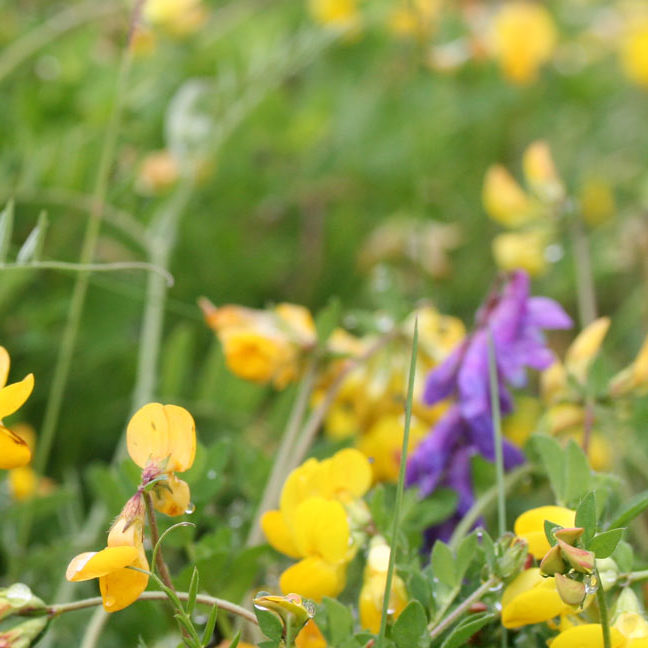
Common Knapweed
A bit of a thug but my goodness don’t the bees just love it?
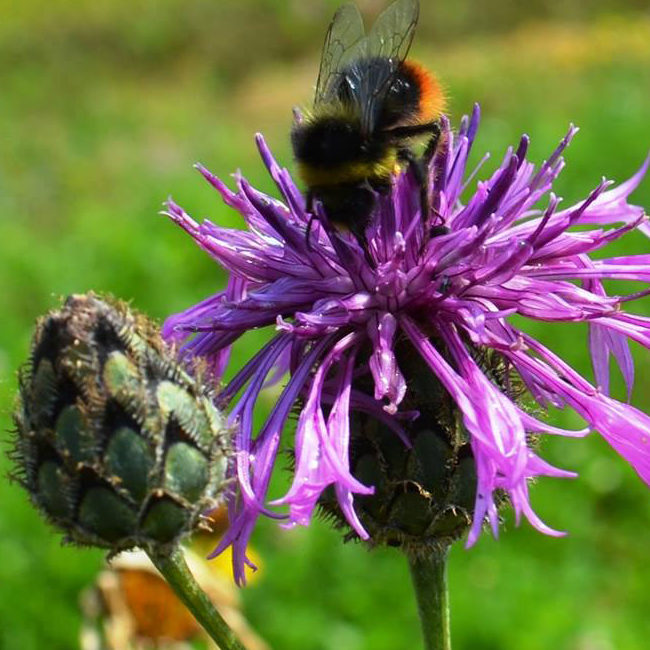
Knapweed has a thistle shaped flower but the leaves are not at all prickly. It establishes fast and like the oxeye daisies, it’s not too bothered about soil nutrients. Medieval folk knew it as “knobweed” – a name that always makes me titter. I’m told it’s because the seed heads are hard and knobbly. It does have medicinal uses – as so many of our wildflowers do. Ancient physicians used knapweed to flesh wounds, sore throats, bleeding gums and catarrh. I’m told that the flower heads are edible too – but I haven’t tried them yet.
Common Sorrel
This is one wildflower that is edible. The leaves of common sorrel are full of iron and great in salads. Some think the flower heads are a bit insignificant. I’ll agree, they’re not ever so showy but when you see them growing en-mass amongst grasses they’re actually rather beautiful. It’s that terracotta colour that sets them apart from the others.
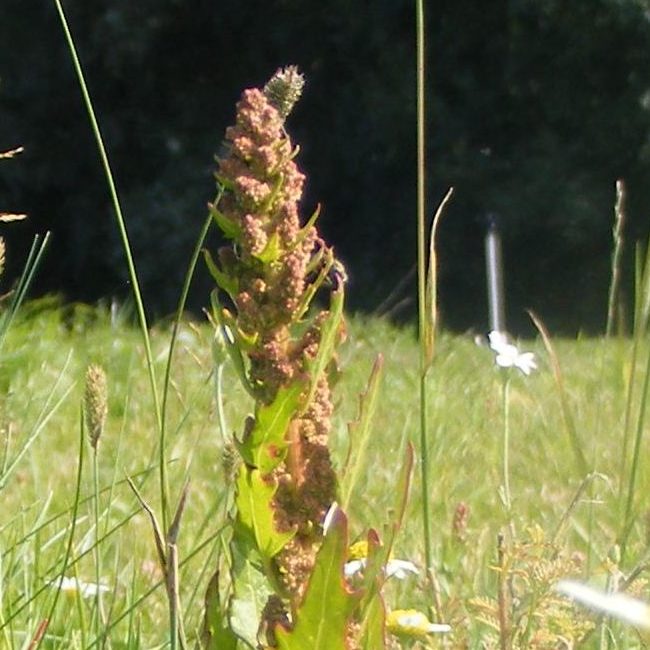
Bladder Campion
I have a soft spot for this little plant. I don’t come across it as often as its cousin, red campion but every so often I see a little clump of it standing up and waving in the wind.
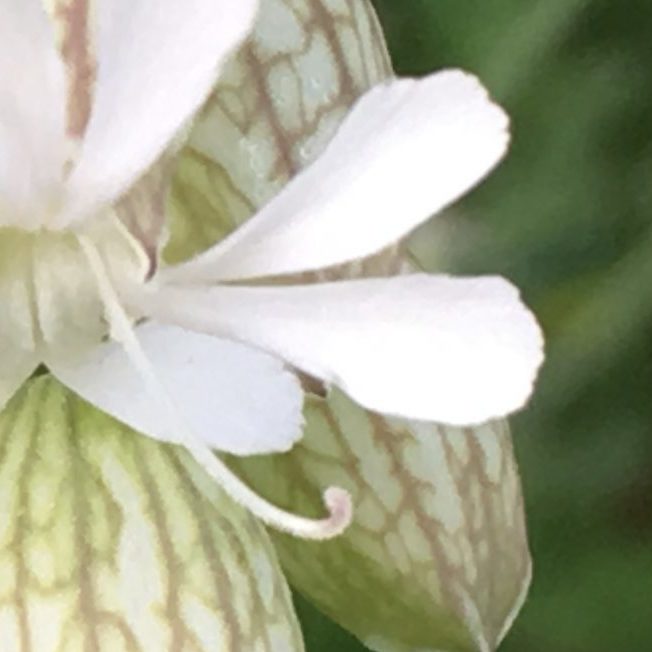
these are a great addition to the garden.
I’m told that bladder campion is popular with foragers and in Spain, the leaves are made into a kind of soup. This is one plant that I’m keen to introduce into my garden. Bladder Campion is found in Cottage Garden Meadowmat and in the Heritage Meadowmat. It combines beautifully with other species to provide plenty of food and habitat for pollinating insects.
Wildflower Identification
One blog post is simply not enough to describe all of the wildflowers you can see in June. However, we do have much more information about the wildflowers in Meadowmat. To help with identification, the flowers are ordered by colour and you’ll find lots of links to help you learn about the history and uses of the plants.
Learn more about wildflower species in Meadowmat.
Growing wildflowers in the garden
You can never have too many wild flowers. Even if you are lucky enough to live in the countryside with wildflowers on the doorstep, there’s nothing quite like growing your own. If you have an urban garden, wildflowers are easy to grow and make a refreshing change to some of the big blowsy blooms of cultivated plants.
Related information
Hopefully these articles will inspire you to create a little wildflower patch of your own.
Growing wildflowers in a small garden
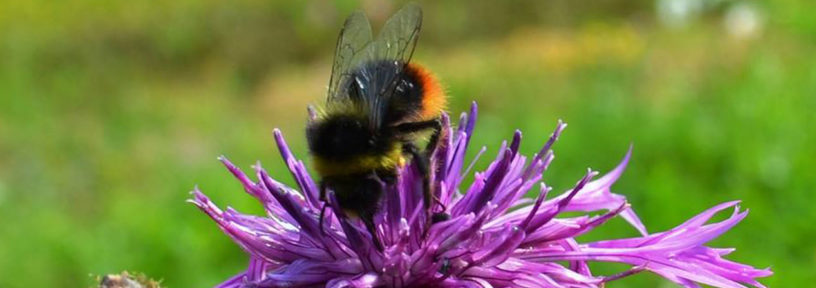
 A wonderful wildflower garden in Essex
A wonderful wildflower garden in Essex 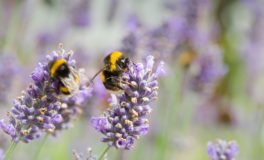 15 Wildflowers Beloved By Bees
15 Wildflowers Beloved By Bees 

